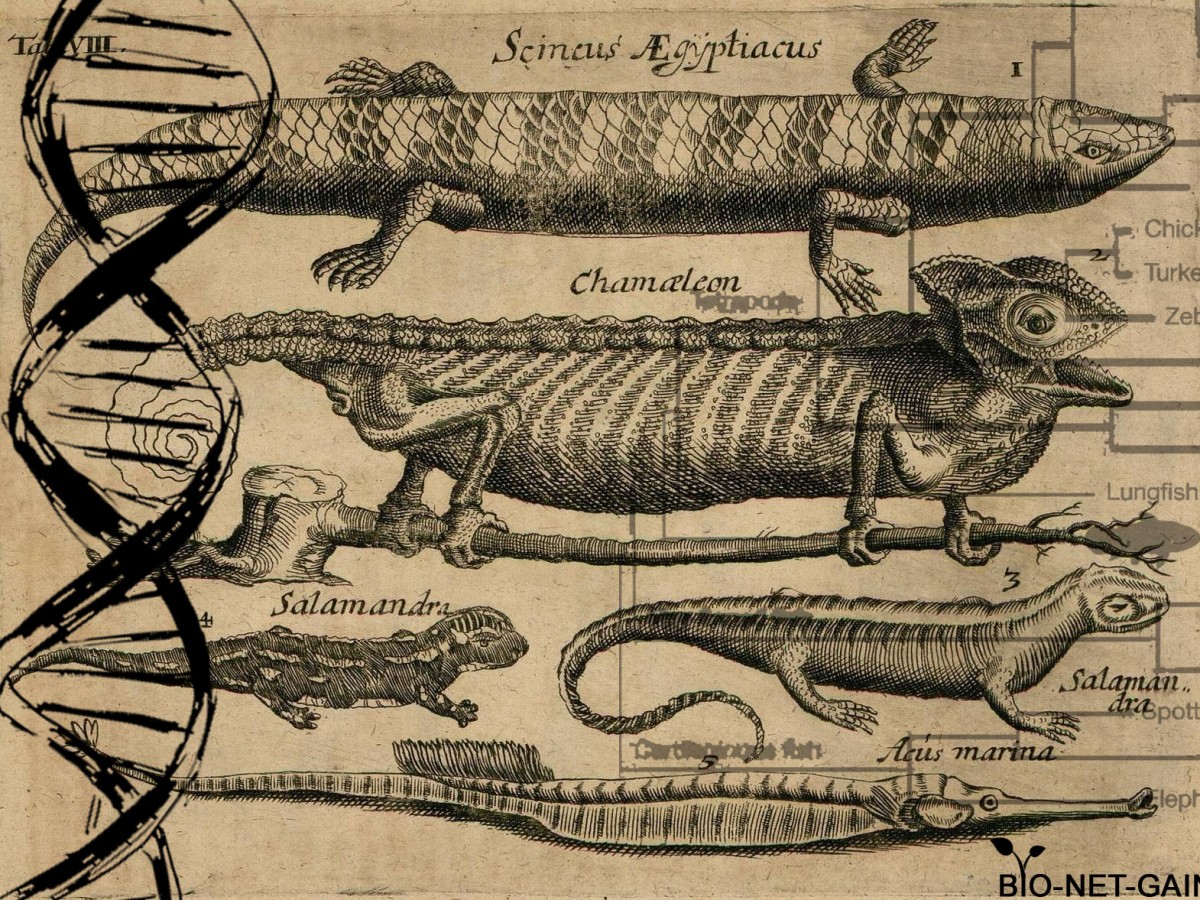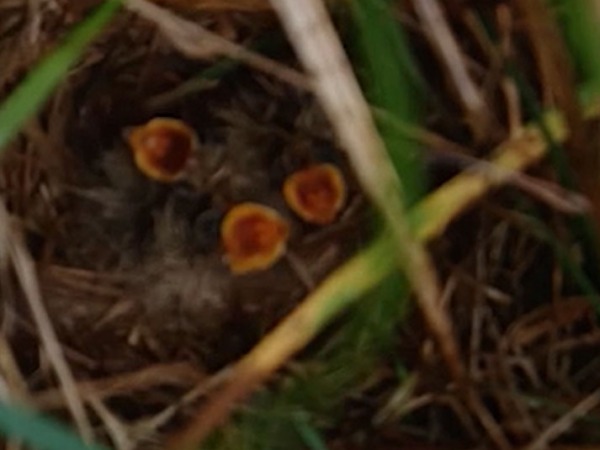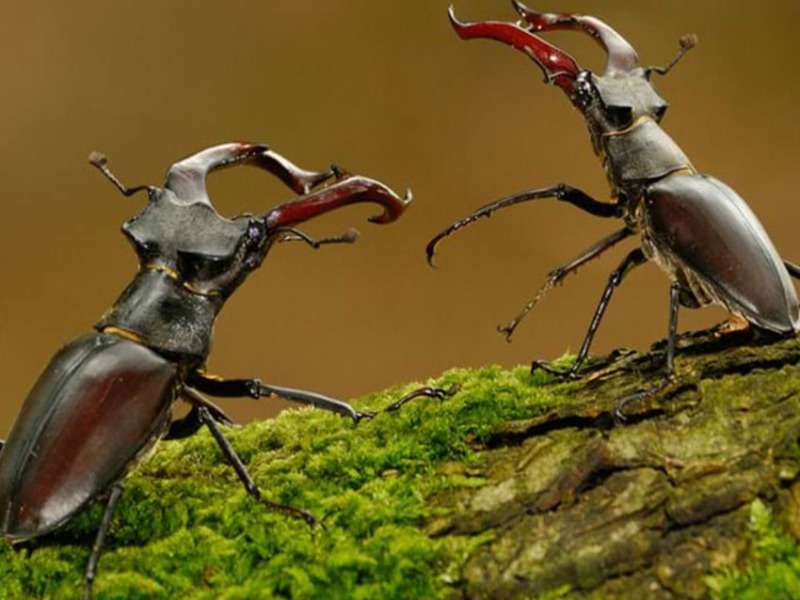In 1990, the greater mouse eared bat (Myotis myotis) was declared extinct in the United Kingdom – the first native species to be declared extinct in Britain since the grey wolf (Canis lupus) in 1786. However, in 2002, in a dank, disused railway tunnel in Sussex, a greater mouse eared bat was found hibernating. Nobody knows where this bat goes after hibernation, but it returns, year after year.
Is this truly the only greater mouse eared bat in the UK? Why are bats so vulnerable and hard to study? And why are they important in the United Kingdom?

Bats are a difficult species to study. They are the only mammal capable of powered flight and, in the UK, all 17 species (which are confirmed breeding; not including our greater mouse eared) are small and nocturnal.
To describe bats as merely vulnerable, would betray the reality of their success as an animal group. Appearing at around the same time as primates, approximately 50 million years ago, bat species today, comprise around 20% of mammals worldwide and a quarter of UK mammal species. One species, native to the UK, the Brandt’s bat, boasts the distinction of being the longest-lived mammal (for its size to lifespan ratio) it can live up to 41 years, impressive for an animal that weighs around the same as a 10 pence coin. It is like you being 100 years old and still being in your prime. To describe bats as vulnerable to human development, however, would be a more accurate phrase. In the last century bats have declined significantly as a result of human activity.
Take the common pipistrelle as an example. It is our most common bat, weighs the same as a two sugar cubes, and can have several different roosts, several kilometres apart. It, like all UK bats, exist on the very edge of life, their small size (necessary for flight) means that energy is easily lost through heat. And so, high quality foraging sites (to store energy) and warm, reliable roosts (to conserve hard-won energy) are essential to survival. These are some of the reasons why bats are so vulnerable to roost disturbance/destruction and habitat degradation. This is especially important for bats, given their propensity to roost in man made structures.
“In nature, nothing exists alone.”
— Rachel Carson, 1962
Are bats useful to he United Kingdom? All animals have intrinsic value. It is a new trend in governments to measure our wildlife in terms of ‘ecosystem services’. Bats in the UK, and indeed around the world, provide some of the most important ecosystem services. In the UK insect consumption by bats acts as an important biological pest control. It may not be unreasonable to consider bats in UK as a future biological control agent against more virulent mosquito species.
The strong legal framework for bats in the UK and the large network of ecological consultants contributes to bat monitoring and conservation in the UK. This protection appears to have had a positive impact on bats – The National Bat Monitoring Programme (NBMP 2017) suggests that current legislation and conservation action to protect and conserve bats is being successful, and it is vitally important that this continues. With many UK bat species considered ‘stable’ or ‘recovering’ population status.
Perhaps with the continued strong legislation and monitoring, our resident mouse eared bat may soon be discovered to be one of many…
What is a Species?
The Ruddy Duck/White-headed Duck conservation dilemma The question ‘what is a species’ is somewhat of a philosophical conundrum. So far the complexity of life has foiled any attempts of creating an all encompassing definition of a species, giving rise to the term ‘the species problem’. In certain conservation situations, how we define a species could…
Skylark Survey: How do you Find Skylark Nests?
skylark (Alauda arvensis)
Seeing the Deadwood Through the Trees
Dead wood is an amazing habitat to increase biodiversity
Categories: blog







